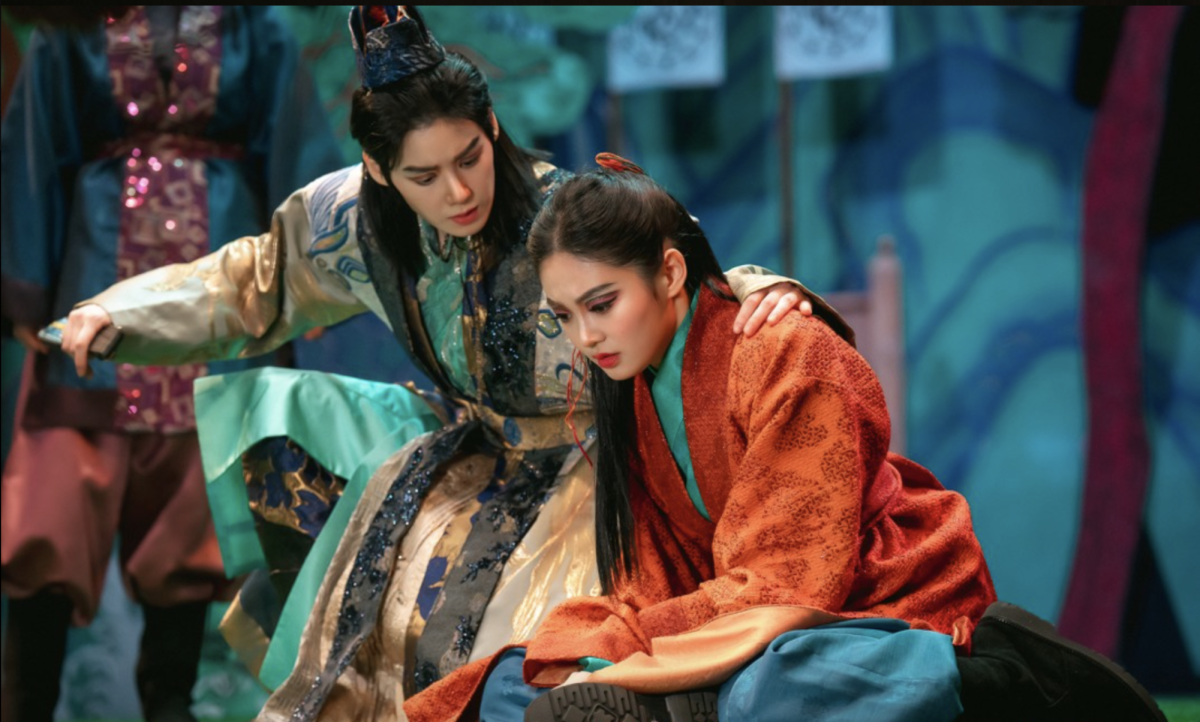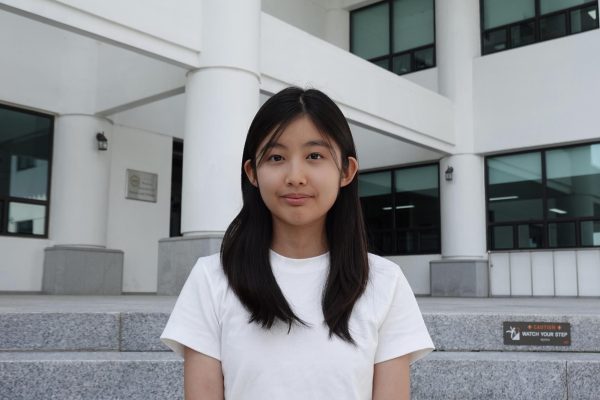“I still want to make you proud by becoming rich, mom. But now, that’s not it. I want to do gukkuk,” Yun Jeong-nyeon, the protagonist of ‘Jeong-nyeon: The Star Is Born’, said.
TVN’s new series “Jeong-nyeon: The Star Is Born” portrays the story of Yun Jeong-nyeon, a young prodigy in traditional Korean singing, or pansori, and her pursuit of achieving fame through her career as an actress doing traditional Korean theater, known as gukkuk.
Originally based on a Naver Webtoon, the show rose to popularity not long after its release on Oct. 12. Many viewers found the show’s focus on Korean theater in the 1950s refreshing, as traditional Korean plays have not been in the spotlight of media nor historical research.
“I’m learning a lot of new facts and historical background of the time period [through the show],” Hyo Young Nam, avid fan of the show, said. “I like how they are not having the play as just a part of the drama, but [a thorough portrayal of the theater].”
The story takes place in the 1950s, when 19-year-old Jeong-nyeon, her mother, and sister barely make a living by selling clams in Mokpo, South Korea. Her talent is discovered when Moon Ok-kyung, a top actress of the Maeran Gukkuk troupe, encounters her singing in a fish market and suggests that she should audition to be part of the troupe. Despite her mother’s strong disapproval of her becoming an actress, Jeong-nyeon sneaks out and moves to Seoul. After she succeeds in joining the troupe, she still navigates through her troubles of coming from a lower-class background and survive Maeran Gukkuk Troupe’s competitive environment by interpreting her roles as solely her own character.
“Obviously, the Korean War broke up thousands of families through death and separation,” James Kowalski, history teacher, said. “The family is ultimately the fundamental unit of society, so the ability to repair that damage takes potentially generations.”
The effects of the Korean War on surviving victims are prevalent throughout the show. For example, Jeong-nyeon’s constant grief regarding the loss of her father during the Korean War becomes a source of inspiration for her acting in the roles she plays.
“What can heal those [damages of war] are the bonds by those who aren’t related in society,” Mr. Kowalski said. “In general, any society that cultivates those community bonds who aren’t friends nor family but [care for each other] because they are part of the same country obviously lead to being a successful one.”
Indeed, the show effectively portrays the close-knit nature of the members of the Maeran Gukkuk troupe. In one case, Jeong-nyeon works as a waitress at a café in place of her friend Ju-ran who was unable to work due to an accident that fractured her arm, risking her membership in the acting troupe.
Many viewers were also surprised by the fact that the actresses sang and danced themselves. Unlike other K-dramas, where voice-overs were used for scenes involving singing, actresses practiced years of traditional Korean pansori before filming. Kim Tae-ri, actress playing Jeong-nyeon, is said to have learned pansori for 3 years before filming the series.
“For the viewers, they may or may not know [that the singing is done by the actresses themselves],” Chloe Park (10), movie enthusiast, said. “In the perspective of actresses that did [act], it gives them a sense of satisfaction.”
Through the usage of historical genres that have not been explored through cinema before as well as being a series wherein actors engage in all aspects of the show, “Jeong-nyeon: The Star Is Born” stands as a pioneer in the film industry.


